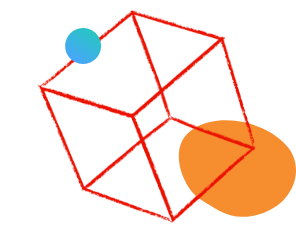This conversation has been locked due to inactivity. Please create a new post.



This conversation has been locked due to inactivity. Please create a new post.
Hello,
Does anyone know the convention for entering the PATH (Optional) Parameter when creating a Data Feed to Azure Blob.
We have a feed working directly to a Container but would like it to write into a Folder within the Container. When we add a value to PATH, the Feed is currently ignoring it and placing the files at the root of the Container.
Views
Replies
Total Likes

While I don't use Azure, we are using S3 buckets and our folders are working, how are you adding the folder?
Our path format is:
folder/subfolder
Not sure if this helps?
Thank you. We are just adding the folder name without any path slashes. Will play around with that.
Views
Replies
Total Likes

It should work just like normal file system. Perhaps two points to check:
1. If the path starting with "/". I can remember if this required but should be a best practice to use absolute path
2. If the path already created and any permission issue
Thank you. Some good tips to look at there.
Views
Replies
Total Likes
Thank you @EdenWheeler . Will try that out shortly.
Views
Replies
Total Likes